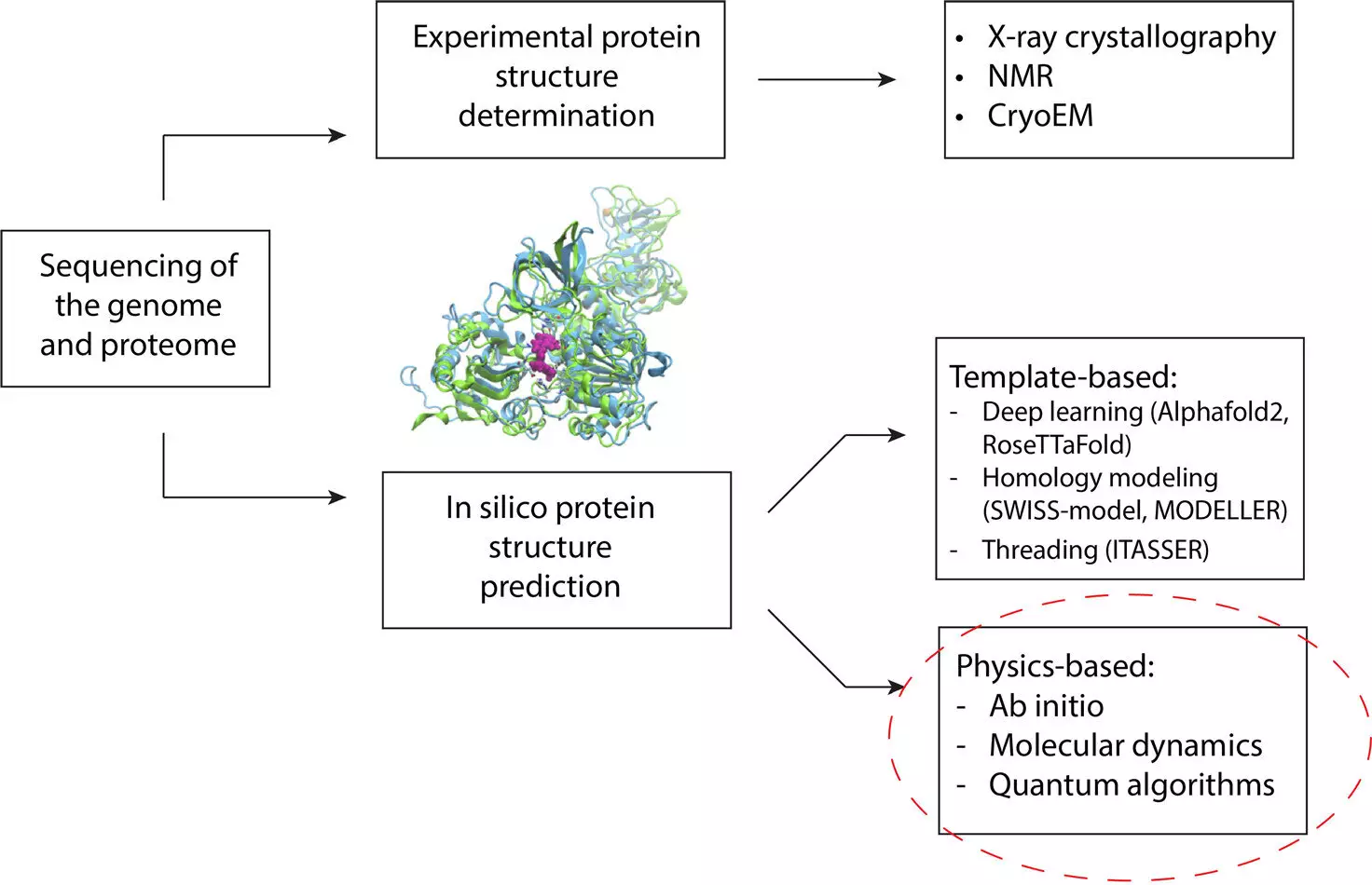Protein structure prediction has long been a significant focus for researchers seeking to understand the complexities of human health and disease. The way in which proteins fold into unique structures plays a crucial role in determining their functions and interactions within the body. Traditional computational approaches have been instrumental in this field, but limitations exist when it comes to accurately predicting the structures of mutated or novel proteins.
Quantum Computing Unlocks New Possibilities
Recent advancements, such as the collaboration between researchers from Cleveland Clinic and IBM, have shed light on the potential of quantum computing in revolutionizing protein structure prediction. By integrating quantum algorithms with classical computing methods, the team was able to overcome the constraints of traditional approaches. This innovative framework shows promise in addressing challenges related to protein size, intrinsic disorder, mutations, and the complex physics of protein folding.
The multidisciplinary nature of the research team behind this groundbreaking project underscores the significance of collaboration across various fields. From computational biology and chemistry to quantum computing and algorithm design, each member’s expertise contributed to the development of a comprehensive computational framework. This integrated approach highlights the importance of deconstructing complex problems into manageable parts, with quantum computing addressing critical aspects that classical methods struggle to handle.
One of the key achievements of the project was the successful prediction of the folding of a small fragment of a Zika virus protein on a quantum computer. The results surpassed those obtained through state-of-the-art classical methods and even outperformed AlphaFold2, a renowned protein structure prediction tool. By leveraging quantum algorithms to model the lowest energy conformation of the protein fragment, followed by classical approaches for refinement, the team demonstrated the power of combining quantum and classical computing for enhanced accuracy.
Unlocking New Frontiers in Protein Research
The integration of quantum and classical computing methods represents a significant advancement in our understanding of protein structures and their implications for disease treatment and prevention. Moving forward, the team aims to further optimize quantum algorithms to predict the structures of larger and more complex proteins. This work not only paves the way for future breakthroughs in protein structure prediction but also highlights the potential of quantum computing in revolutionizing computational biology and structural biology.
The integration of quantum computing methods into protein structure prediction represents a transformative breakthrough that could reshape the landscape of biomedical research. By leveraging the unique capabilities of quantum algorithms alongside classical computing techniques, researchers have unlocked new possibilities for accurately predicting protein structures and advancing our understanding of human health and disease. This collaborative effort underscores the importance of interdisciplinary approaches in tackling complex scientific challenges and sets the stage for future innovations in computational biology and beyond.



Leave a Reply